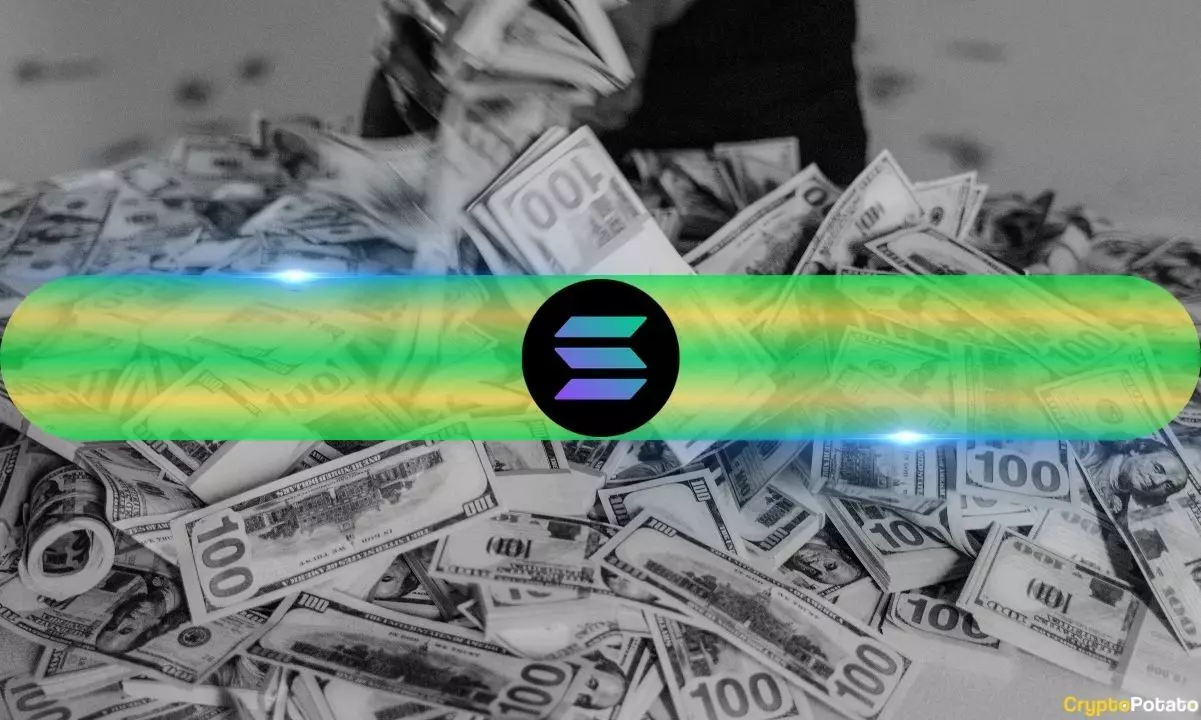In the rapidly evolving world of blockchain technology, mainstream narratives tend to fixate on Bitcoin and Ethereum, leaving promising contenders like Solana undervalued and underestimated. While Bitcoin and Ethereum have secured their spots through extensive institutional holdings and multiple ETF approvals, Solana remains on the fringes despite displaying compelling fundamentals. This unacknowledged potential could be a costly oversight for investors who dismiss this emerging frontier. The current under-allocation by institutions and the absence of an ETF highlight how entrenched conventional wisdom is – yet, history shows that pioneering technology often begins as an outsider before redefining the landscape.
The False Comfort of Status Quo Investments
Mainstream financial markets tend to favor familiar assets like Bitcoin and Ethereum, partly due to their entrenched positions and partly because regulators have been more receptive to them. It’s easier for large investors to stick with what they know rather than risk the uncertainties accompanying newer assets like Solana. This conservative approach, while seemingly safe, ignores the disruptive innovation that Solana represents. As Pantera Capital points out, the absence of institutional holdings and ETF exposure in Solana means the asset is still largely under the radar, creating a prime opportunity for contrarian investors willing to bet against complacency and recognize the unseen value.
Fundamentals That Challenge Conventional Wisdom
Despite its smaller market cap, Solana boasts fundamentals that are genuinely impressive. Its high transaction throughput and user activity surpass those of Ethereum, offering a glimpse into a more scalable and efficient blockchain platform. Major players such as Stripe and PayPal actively utilize or develop on Solana, validating its utility in the real world. These developments challenge the narrative that only Bitcoin and Ethereum have real-world relevance, emphasizing that network capabilities and active usage are becoming the new indicators of potential dominance.
Institutional Interest on the Horizon
Perhaps the most compelling argument for considering Solana now is the potential approval of a Solana ETF, anticipated as early as Q4 2025. Historically, ETF approvals have acted as catalysts, igniting institutional and retail demand. The current low institutional ownership—less than 1% of SOL—represents a vast pool of untapped capital, waiting to flood into the ecosystem once regulatory hurdles are cleared. As Pantera Capital and other analysts suggest, this influx could mirror the institutional adoption trajectories seen with Bitcoin and Ethereum, but at an earlier stage, offering asymmetric upside for early believers.
The Strategic Advantage of Solana’s Financial Mechanics
Innovative financial instruments and treasury strategies further strengthen Solana’s case. Companies like Helius Medical Technologies are raising hundreds of millions of dollars backed by Solana assets, betting on its growth trajectory. These treasury companies leverage SOL’s attractive yield—7-8% compared to Ethereum’s 3-4% and Bitcoin’s zero—reinvesting rewards to accelerate growth and NAV. The higher volatility, often viewed as a risk, actually provides strategic leverage, enabling faster accumulation and cheaper financing, which could translate into outsized gains for savvy investors. This dynamic makes Solana more than a speculative asset; it becomes a strategic reserve capable of generating steady returns amid the crypto market’s turbulent environment.
The Risks of Complacency and the Future Outlook
While the hype surrounding Bitcoin and Ethereum remains justified due to their proven track records, the risk lies in neglecting emerging networks that could redefine the digital asset hierarchy. Solana’s rising adoption, growing utility, and compelling economic model demand more serious consideration. The early stages are typically fraught with volatility, but history rewards those who identify potential before it becomes mainstream. If Solana’s current fundamentals and upcoming institutional support materialize as projected, the long-term rewards could far outweigh the risks of jumping into the lesser-known but more innovative blockchain ecosystem now. Ignoring this shift out of complacency might prevent investors from capturing the next wave of blockchain breakthroughs—something that could be costly to overlook as the revolution unfolds.

